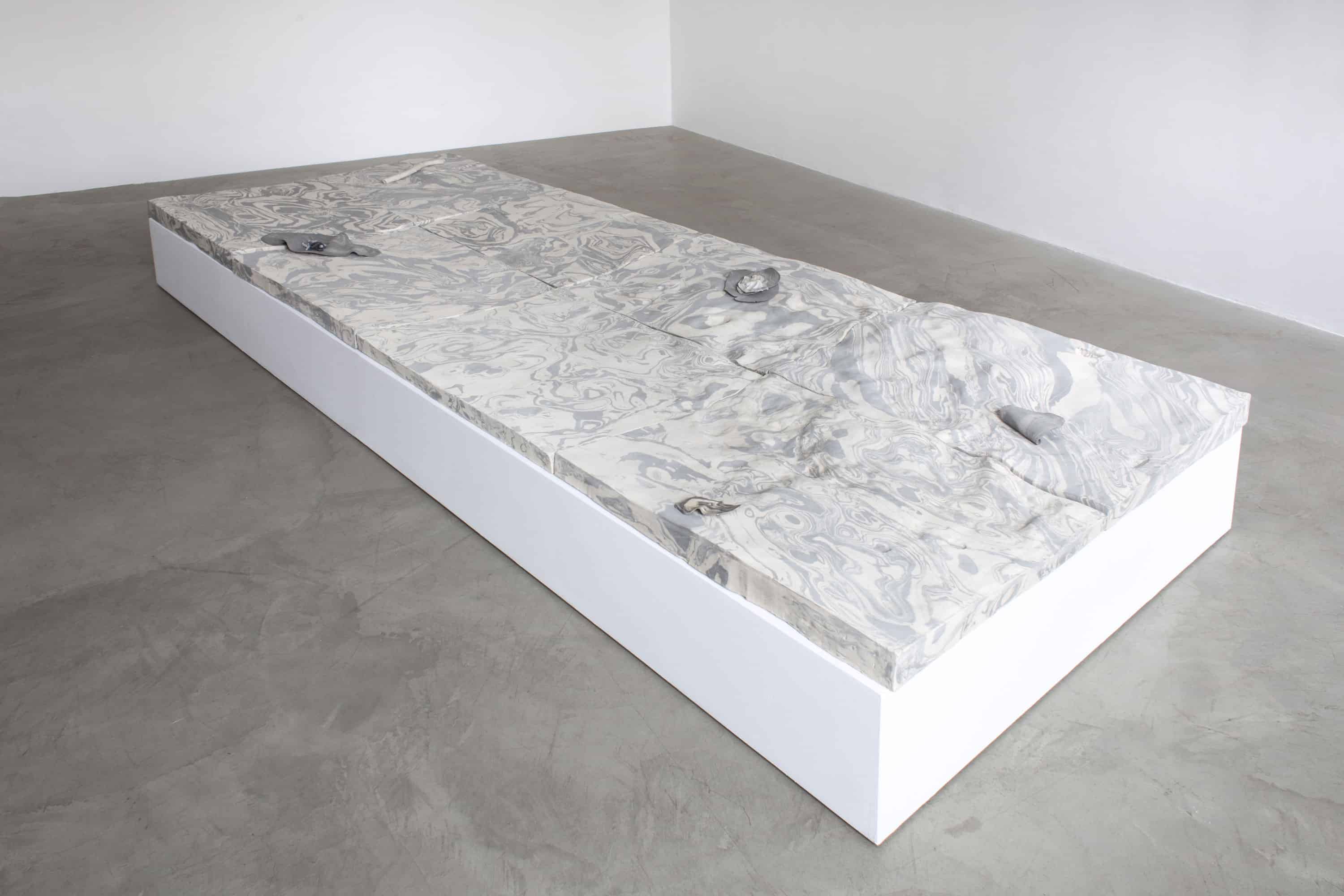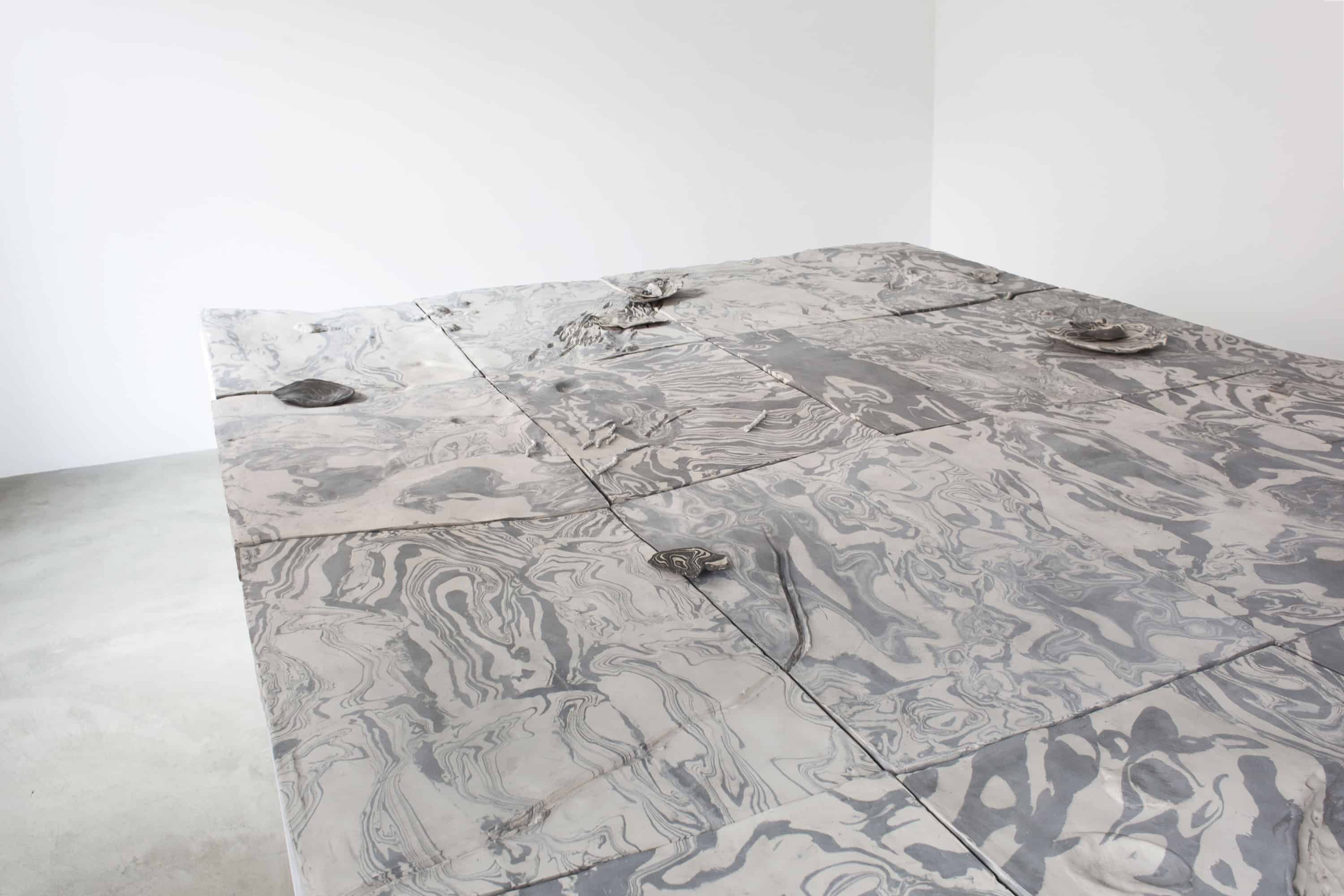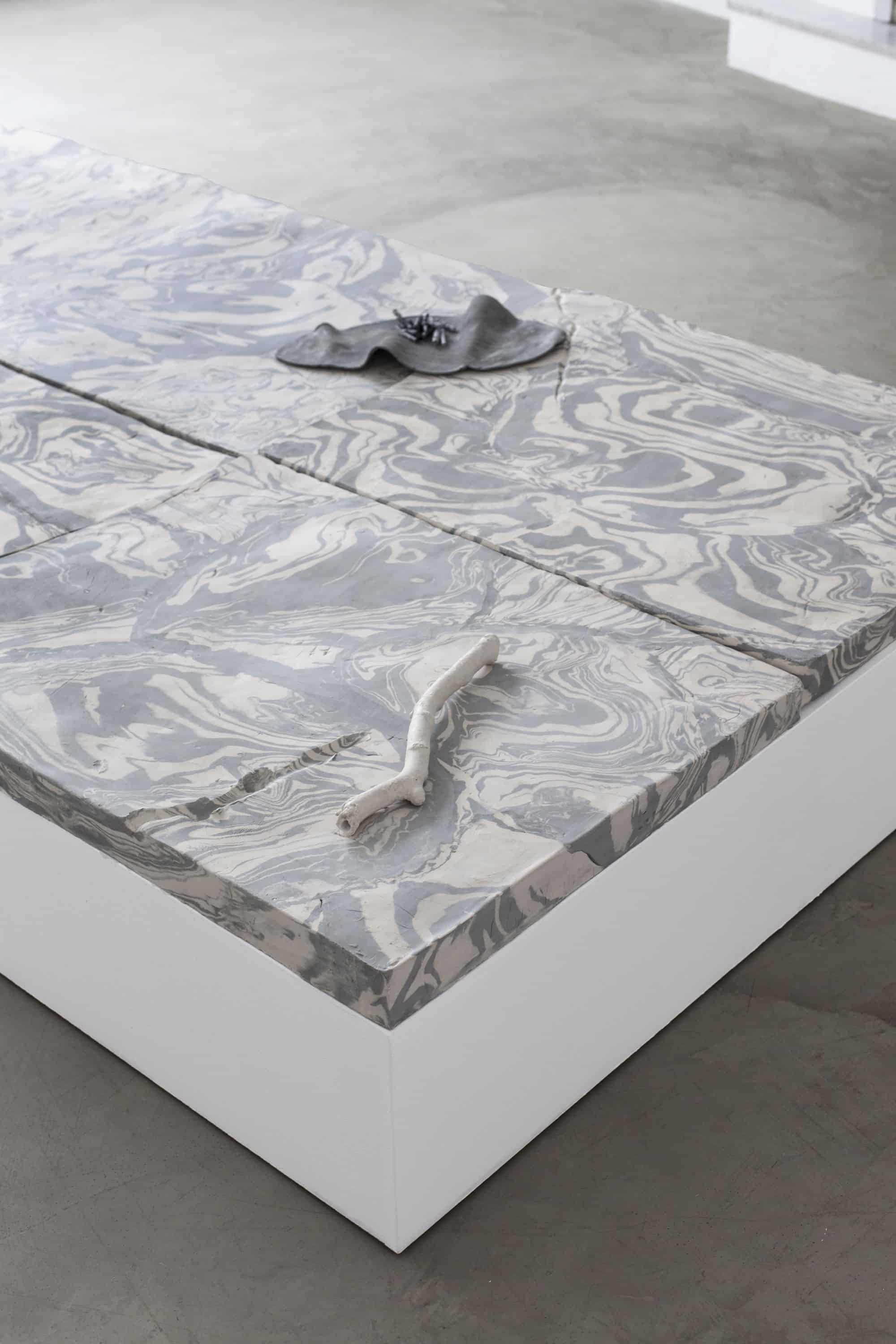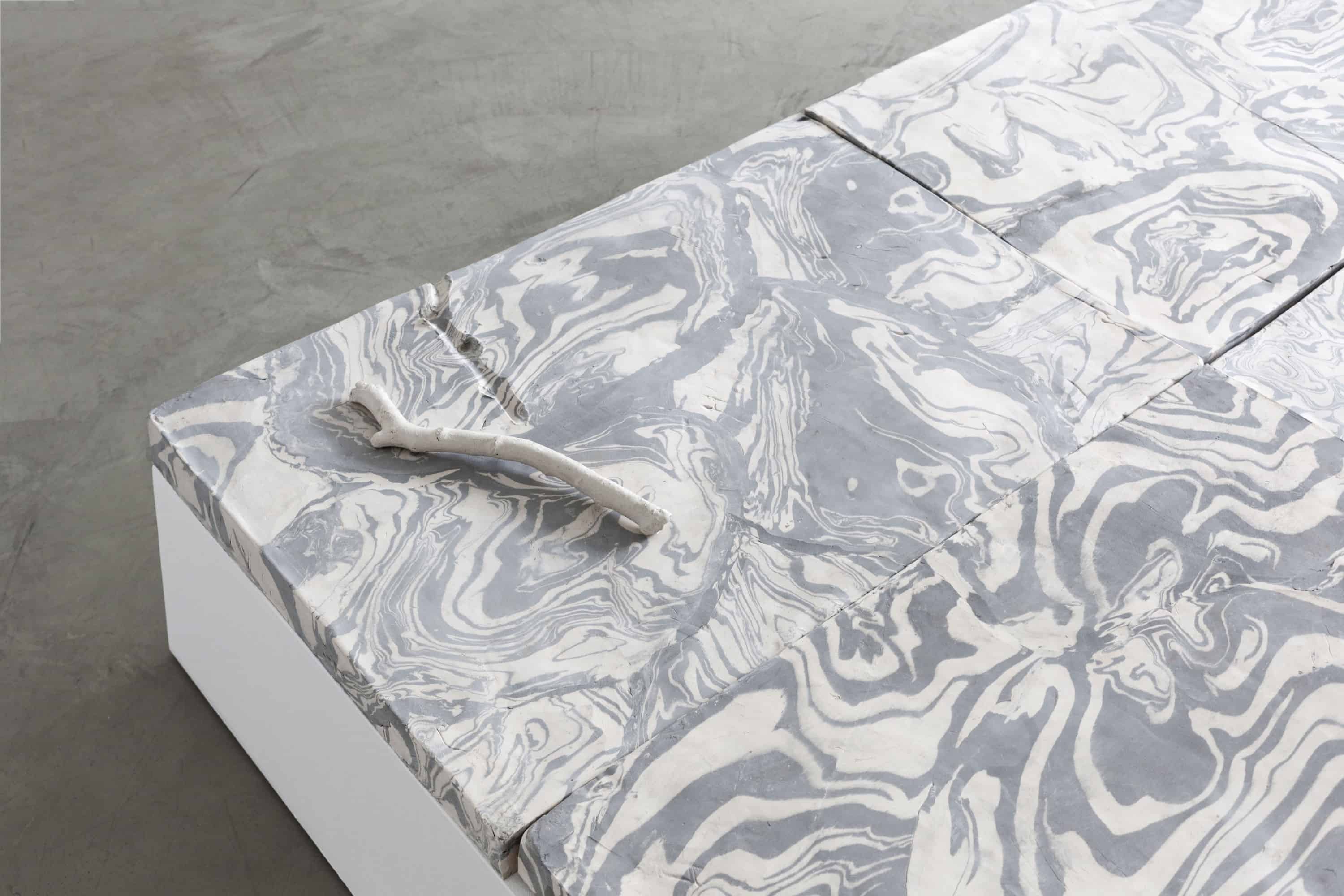For people could close their eyes to greatness, to horrors, to beauty, and their ears to melodies or deceiving words. But they could not escape scent. For scent was a brother of breath. Together with breath it entered human beings, who could not defend themselves against it, not if they wanted to live. And scent entered into their very core, went directly to their hearts, and decided for good and all between affection and contempt, disgust and lust, love and hate. He who ruled scent ruled the hearts of men1.
Patrick Süskind, Perfume
The opening citation from Patrick Süskind’s bestselling novel seems like a proper introduction into the world of current creative pursuits of Michalina Bigaj, who has recently explored the issue of anosmia, the complete, innate or acquired, loss of the sense of smell. The condition sparked her interest for several reasons but first and foremost she was inspired by her personal experience. Michalina Bigaj has suffered from this “affliction” since birth, unable to distinguish smells and form memories associated with them. The fact that investigations into people’s relation with nature has always been at the very forefront of her art practice seems particularly worth mentioning. She’s interested in the powerlessness of human beings in the face of unhinged forces of nature, as well as people’s inability to overcome physical conditions determining the course of their lives.

Michalina Bigaj, “I memorized it, it did not have the aroma” exhibition, AV 17 Gallery, Vilnius
The latest project of Bigaj coincides perfectly with the so called sensory turn that has manifested itself since the 1990s through a number of theoretic studies on the subject accompanied by its depictions in multiple works of art. Revived interest in the sensory aspect of human experience, which dominates contemporary humanities, involves the departure from a favored role of “vision” in order to give precedence to the remaining senses of smell, touch and hearing2. The sense of smell gained a fairly ambivalent notoriety, on the one hand, as the sense of affective behavior and its secrets (in Rousseau’s frame of reference, the sense of imagination and desire), the sense of smell was viewed as capable of shaking man’s inner life more profoundly than were the senses of hearing and of sight3. On the other hand, it had to bear the brunt of connotations with animalistic tendencies, with instinct, desire and hunger. Philosophers tend to banish the sense of smell to the bottom of hierarchy since it doesn’t make any contribution to the creation of beauty (Aristotle, Kant). What is more, Kant touched upon the fundamental aspect of smell, namely the fact that it can’t be turned off voluntarily because it exists in the symbiosis with breath4.
Michalina Bigaj was fascinated with these vital and primordial qualities of the sense of smell. She “describes” her visual story of deficiency as the story of overcoming this condition rather than chronicling the illness. The artist conceals the physiological symptoms of anosmia; conceals her childhood memory of being taken aback by the discovery of her playmates’ ability to guess what’s for dinner at their neighbors’ house even though the doors were closed. She doesn’t mention the shame she felt as a teenager because she was different from her peers when all she wanted was to blend in. Finally, she gives no account of the process of reaching the diagnosis, doctor’s appointments, various fields of expertise, even her trip to the clinic in Dresden specializing in the treatment of anosmia. Instead of succumbing to the visual appeal of charts and MRI scans she was subjected to, Bugaj decides to capture the process of detecting scents since she’s struggling daily with the necessity to represent distinct aromas in the “optic” format in order to image them. What’s the shape and taste of scent? How does a memory smell? How to describe it? How to articulate something which can’t be articulated with words?
Michalina Bigaj, “I memorized it, it did not have the aroma” exhibition, AV 17 Gallery, Vilnius
Michalina Bigaj fills the ceramic molds, somewhat reminiscent of gigantic lab tanks, with a congealed, mixed substance. The fragrances distilled by the artist are placed onto small quasi-containers and plates. Ceramic vessels have been used to store aromas for hundreds of years. Bigaj applies the same principle to her art installation, which brings to mind an exclusive perfumery. Audience members are encouraged to extract, rub onto their skin and smell tiny sticks and round dabbers infused with smells. There’s a certain duality to the course of narrative unfolding in two separate spaces as it guides viewers first towards the human scents, then the scents associated with animals. The opening segment of the installation is suffused with the smell of the artist herself and her former partner, engaging in the polemics on research into anosmia. According to the results of scientific studies, people affected by this condition are supposed to be particularly prone to depression and sexual dysfunction, as well as find it difficult to find life-partners. Whereas the animal scents pertaining to threats (citronella) and continuation of species (truffles, catnip) shed light on their inherent ambivalence. For instance, the scent of lemongrass, a defense mechanism of ants, has a wide range of applications in the perfume industry.
Assuming the role of the creator of visually represented fragrances, the artist overcomes her own limitations to disclose the therapeutic potential of artistic practice, on the one hand, as well as to stimulate more wide-reaching meditations, on the other. Should the sense of smell be dismissed as the instrument of cognition even though it serves as a reminder of our affinity with animals, atavistic remnant of the early stages in the evolution of human species? What is the meaning of this more refined alertness to smell? What produced the mysterious and alarming strategy of deodorization that causes us to be intolerant of everything that offends our muted olfactory environment? By what stages had this far-reaching anthropological transformation taken place?, Alain Corbin writes5. Perhaps Michalina Bigaj tries to encourage us to find the answer to the seminal question raised in the form of a statement by Patrick Süskind in the excerpt from his book cited above: the question about power of smell, its influence on the shape of our lives.

Michalina Bigaj, “I memorized it, it did not have the aroma” exhibition, AV 17 Gallery, Vilnius
1. P. Süskind, Perfume. The Story of a Murderer, translated by John E. Woods, Penguin Books, London, p. 61
2. J. Lauwrens, Welcome to Revolution: the Sensory Turn and Art History, “Journal of Art Historiography”, 2012, no.7, pp. 1-17, https://repository.up.ac.za/handle/2263/31737?show=full [acces:5.02.2020].
3. A. Corbin, The Foul and the Fragrant: Odor and the French Social Imagination, translated by Aubier Montaigne, Harvard University Press, Cambridge 1986, p. 8.
4. A. Osman, Historical Overview of Olfactory Art in the 20th Century, CAS Seminar Paper, 14th June, 2013, p.3.
5. A. Corbin, op. cit. p.8










